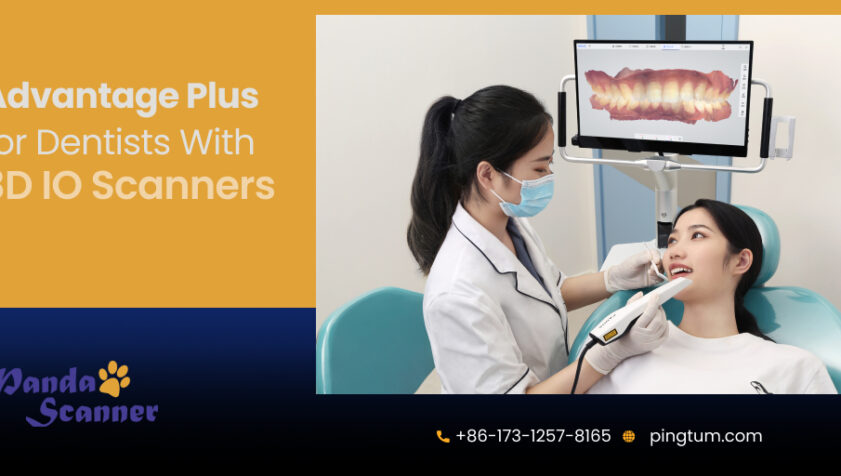The world of dentistry is getting transformed, thanks to the advent of new technologies such as the 3D intraoral scanner. Traditional dentistry seems to have taken a backseat with digital dentistry calling the shots. Patients are also warming up to the idea of dentists using the latest technologies to diagnose and treat dental ailments in quick time. The very experience of viewing the inside of one’s mouth fosters a feeling of trust and transparency among patients. No longer the patients have to perforce leave everything in the hands of the dentists. In fact, they can have active consultation with the dentists about the nature of their dental problems after viewing the 3D images in real-time.
Benefits of 3D intraoral scanners for dentists
3D intraoral scanners have great advantages over conventional methods of scanning. Once the dentist hovers the IO probe inside the mouth of the patient, the scanned images are processed by CAD/CAM software to be displayed on the chairside monitor instantly. These provide dentists with top-class and best-fit digital impressions of the missing or broken tooth. On the contrary, in conventional scanning procedures, patients are asked to hold onto the alginate materials for some time to get the right impressions. And if the impressions do not come right the first time, the patient has to undergo the process again causing distress. Further, holding onto such rubber-like materials is not easy, for they can cause nausea, gag reflex, or the problem of swallowing the material in advertantly.

Myriad issues associated with traditional impressions
Once the materials are extracted from inside the mouths of patients, they are stored at the clinic to be shipped to the dental laboratories. It may so happen that dental laboratories do not come up with the best-fit restorative solutions based on the impressions sent. This can create a trauma of its own as the patient is not able to go back to his or her routine. The best part of using a 3D IO scanner is the short time taken compared to the conventional process. The digital impressions, instead of being stored at the clinic to be shipped later, can be sent to the dental laboratories instantly through email. Once received, the impressions are used by a computer-assisted 3D printer at the dental laboratory to create top-notch restorative solutions in no time.
The solutions can be in the form of implants, dentures, and crowns. The ultimate aim of such modern elements is to provide utmost comfort to the patients not only at the time of treatment but later as well. The best-fit restorative solutions are durable and facilitate activities like proper chewing of food. The short duration of diagnosis and treatment offered by a 3D intraoral scanner can help overcome dental phobia among patients. The phobia usually gets ingrained among patients due to the lengthy procedure to conduct any dental routine a la the traditional way.
Conclusion
With the help of computer-assisted IO scanners, the right inlay-onlay can be designed. These systems can create the ideal contact areas for the teeth and prevent the deposition of food particles or food impactions. If you are a dentist looking at increasing the footfall of patients, shortening the time of diagnosis and treatment, and delivering a superior patient experience, then embracing digital dentistry is the way to go.






